Cassette Memories
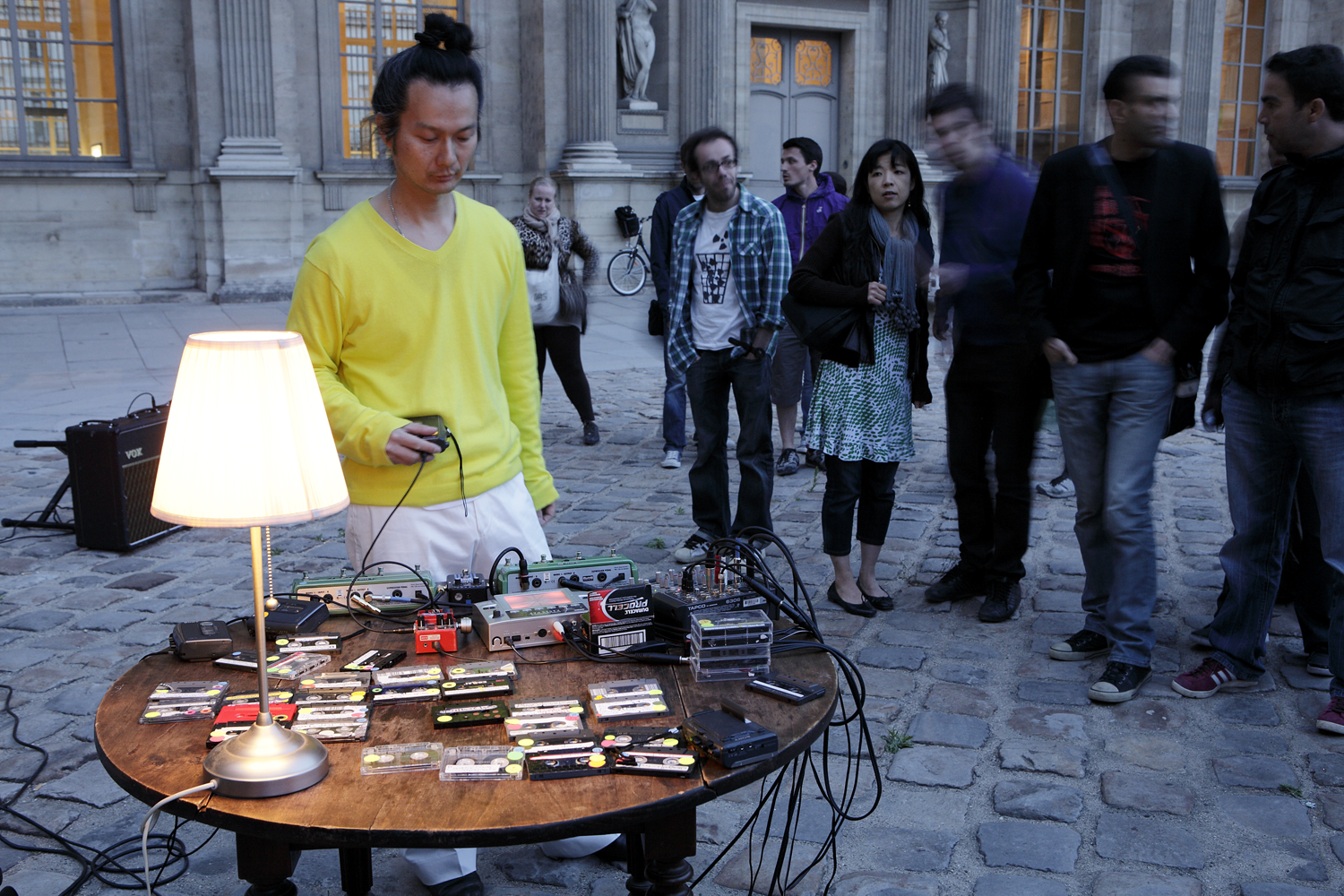
Cassette Memories (2004 - on going)
site-specific performance with cassette field recordings
Since 1988, I have been using the portable cassette recorder for making field recordings which I keep as a sound diary. I consider these recordings to be personal memories, and not just sounds. I stage a performance by physically manipulating Walkmans by hand, re-collecting and re-constructing concrete sounds. What emerges from my sound memories is a sonic collage of ritualistic tape music.
I call this project "Cassette Memories." By documenting fragments of sound from my personal life, something is revealed in the accumulation. The meanings of the original events are stripped of their significance, exposing the essence of memory.
I realize "Cassette Memories" as a site-specific performance. I have found from past experience that my music is the strongest when I perform in a space which has its own memories--at a historic building, abandoned factory, old theater, even a street corner. It's a strange ritual. I am trying to both extract and abstract the essence of memory by playing my own field recordings, so to speak my personal memories, at a location that is saturated with its own memories. The result is invisible but one can feel live memories awaking sleeping memories.
Casstte Memories in Lower East Side, 2022
Filmed and edited by Giacomo Belletti
Past Performances
2025 CM in Yanbian, organized by Northeast Asian Art Archive, China
2022 CM in the Lower East Side, organized by MoMA PS1, New York, USA
2019 CM at Stone Bell House, Sonic Circuits, Prague, Czechia
2018 CM in Sokolowsko, Festival Sanatorium Dzwieku, Sokolowsko, Poland
2013 CM at La chapel des Petits-Augustins, Ecole Nationale Superieure des Beaux-Arts, Paris, France
2012 CM in La Goutte d'Or, Paris, France
2011 CM at Cour Carrée, Louvre Museum, Paris, France
2009 CM in Ghent, Courtisane Festival, Ghent, Belgium
2006 CM in Erlangen, Erlanger Hoerkunstfestival, Erlangen, Germany
2005 CM in Winnipeg, Send + Receive, Winnipeg, Canada
CM at Osaka Harbour Red Brick Warehouse, Osaka, Japan
CM at Scheidgen Architektur Pavillion, Cologne, Germany
2004 CM in Brussels, Argos Festival, Brussels, Belgium
CM in Yanbian, organized by Northeast Asian Art Archive, China, 2025

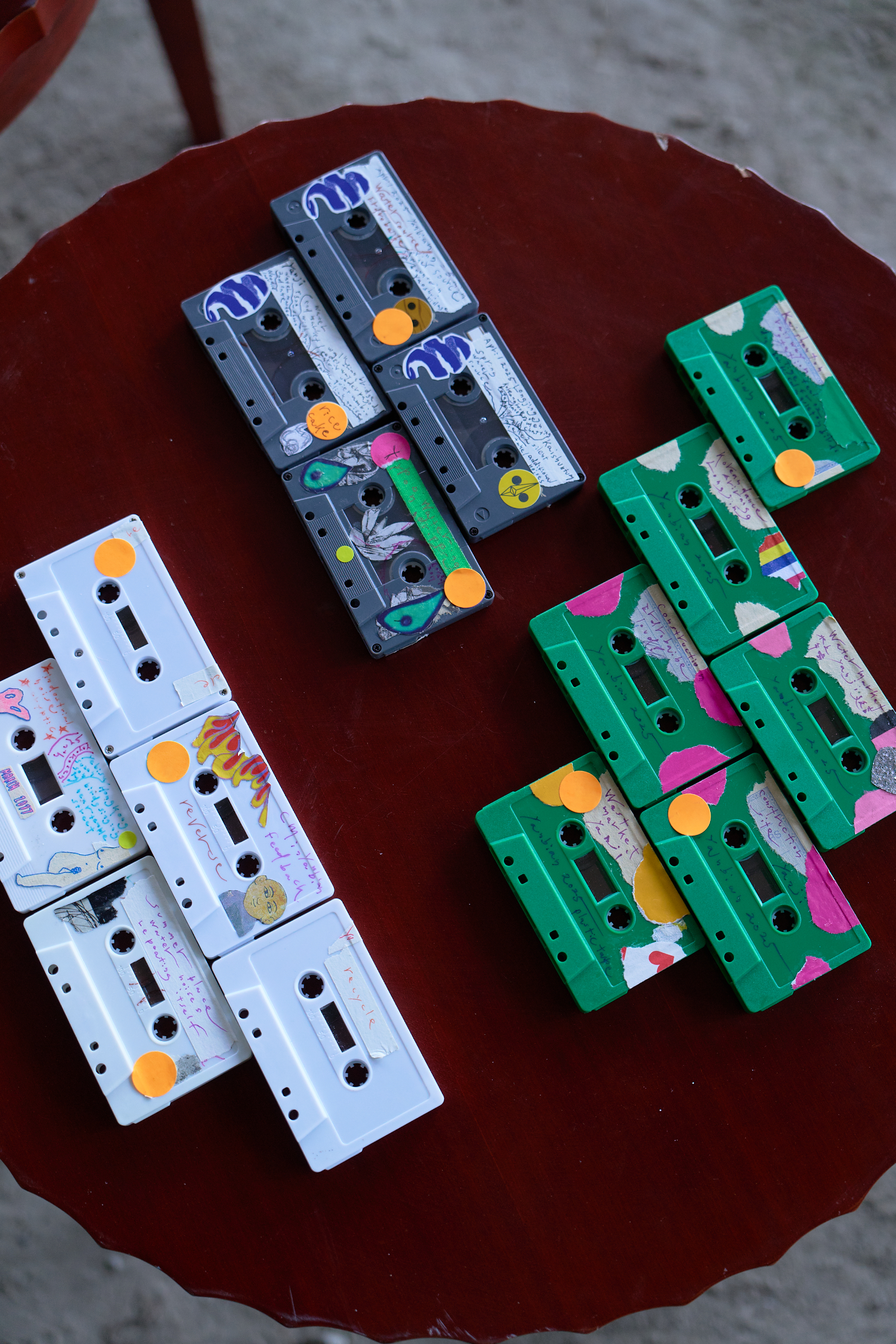

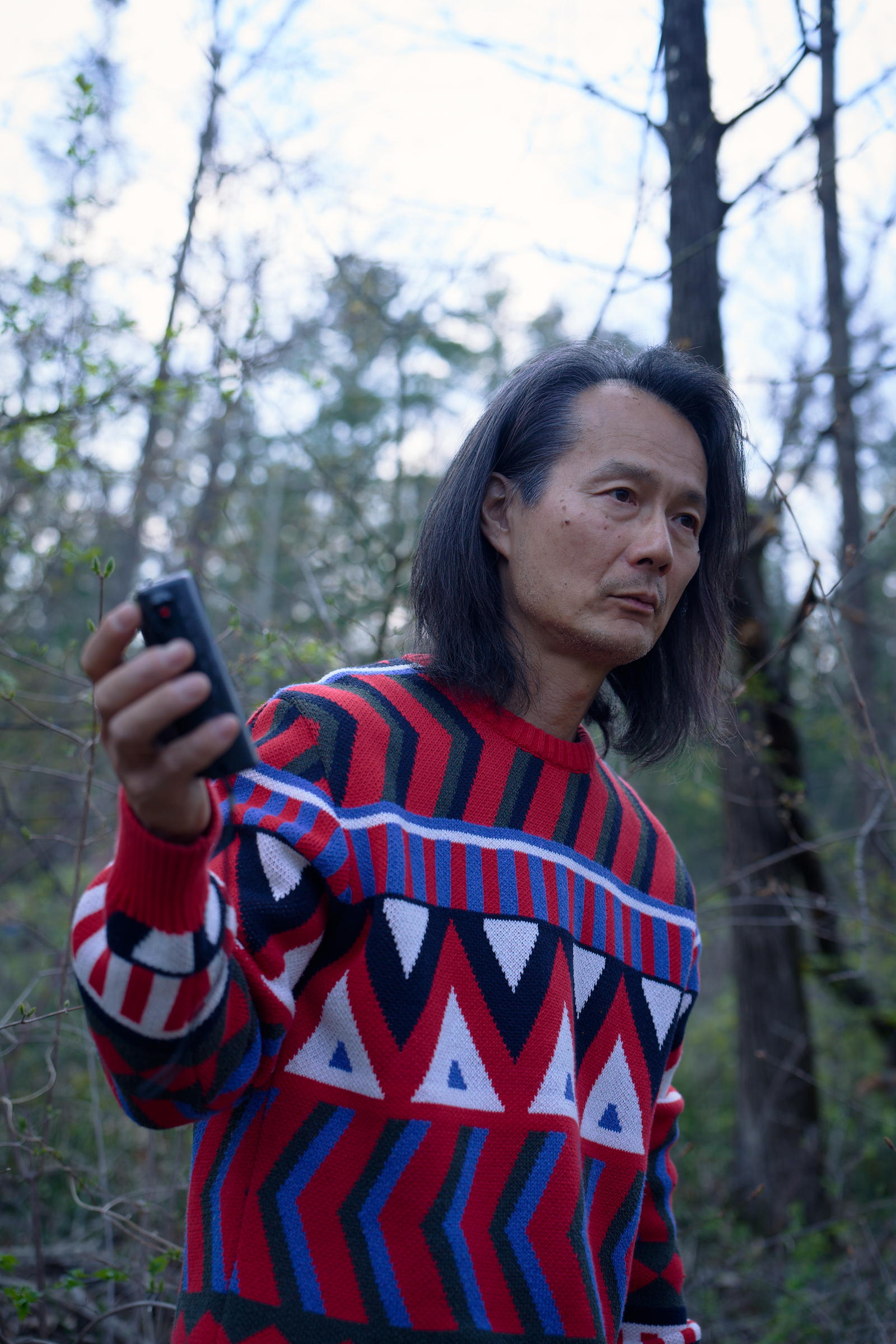
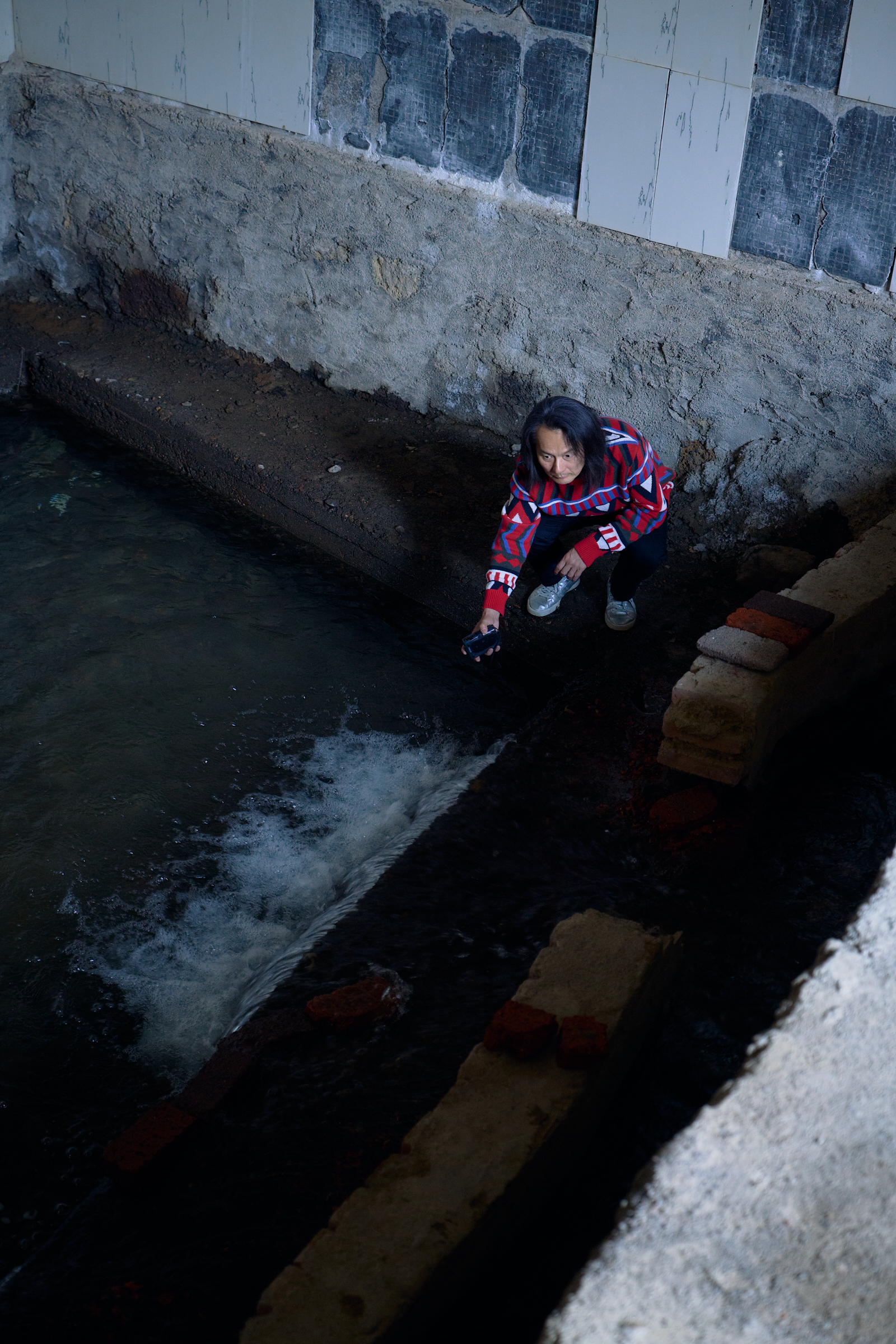 Photos by Yang Lei
Photos by Yang Lei
CM in the Lower East Side, organized by MoMA PS1, 2022
Photos by Marissa Alper
CM at Cour Carrée, Louvre Museum, Paris, 2011
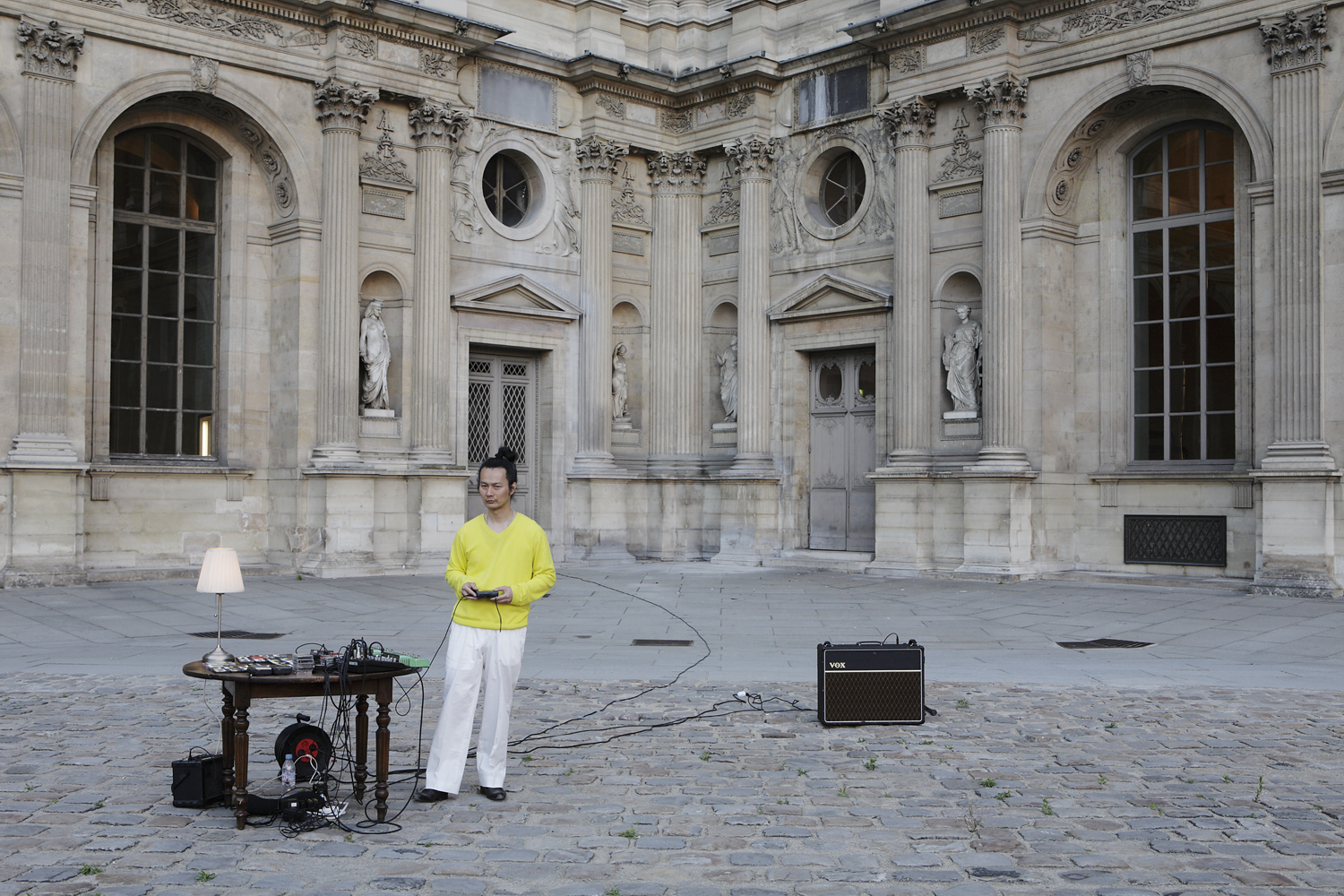
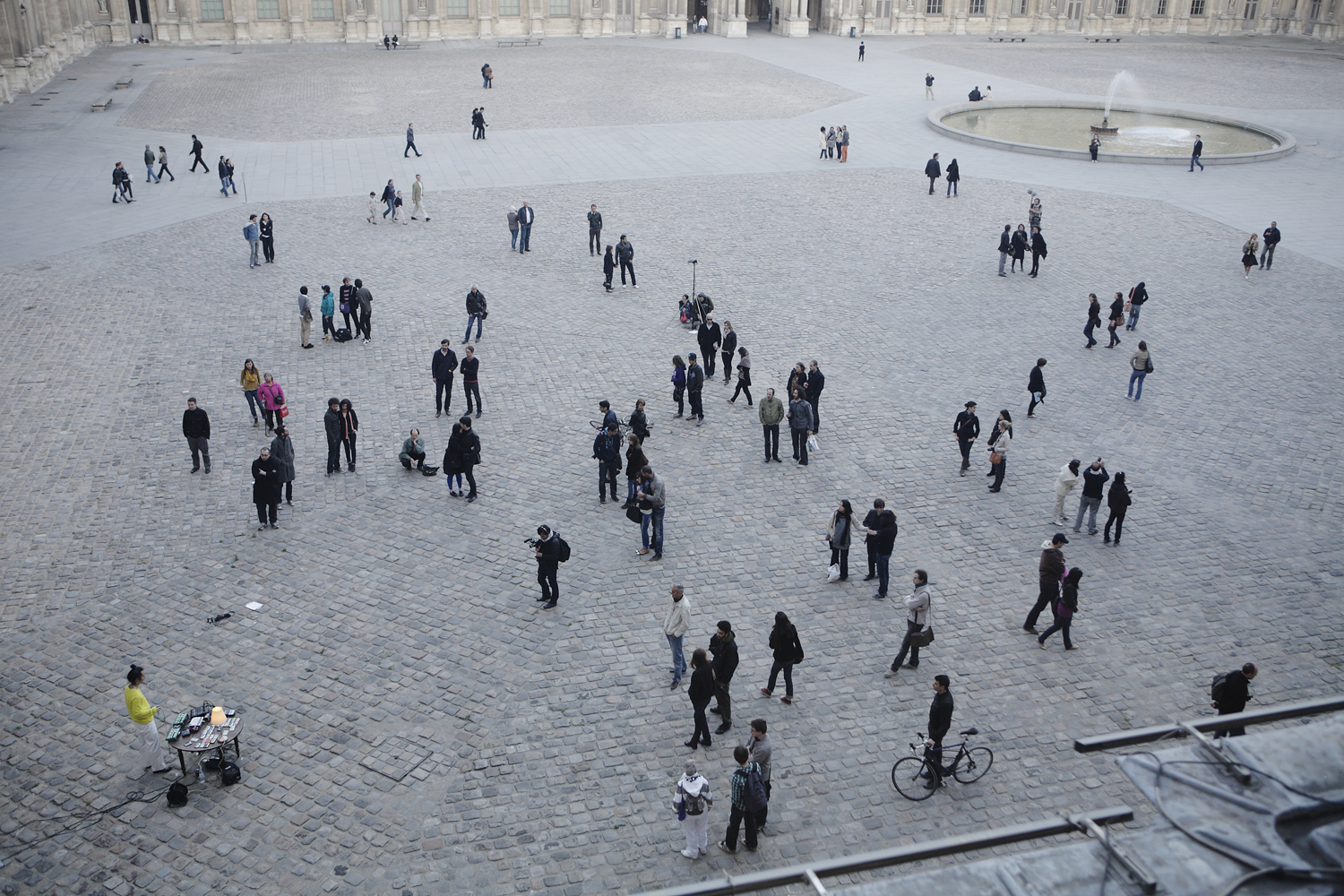
Photos by Sandrine Marc
CM in Sokolowsko, 2018
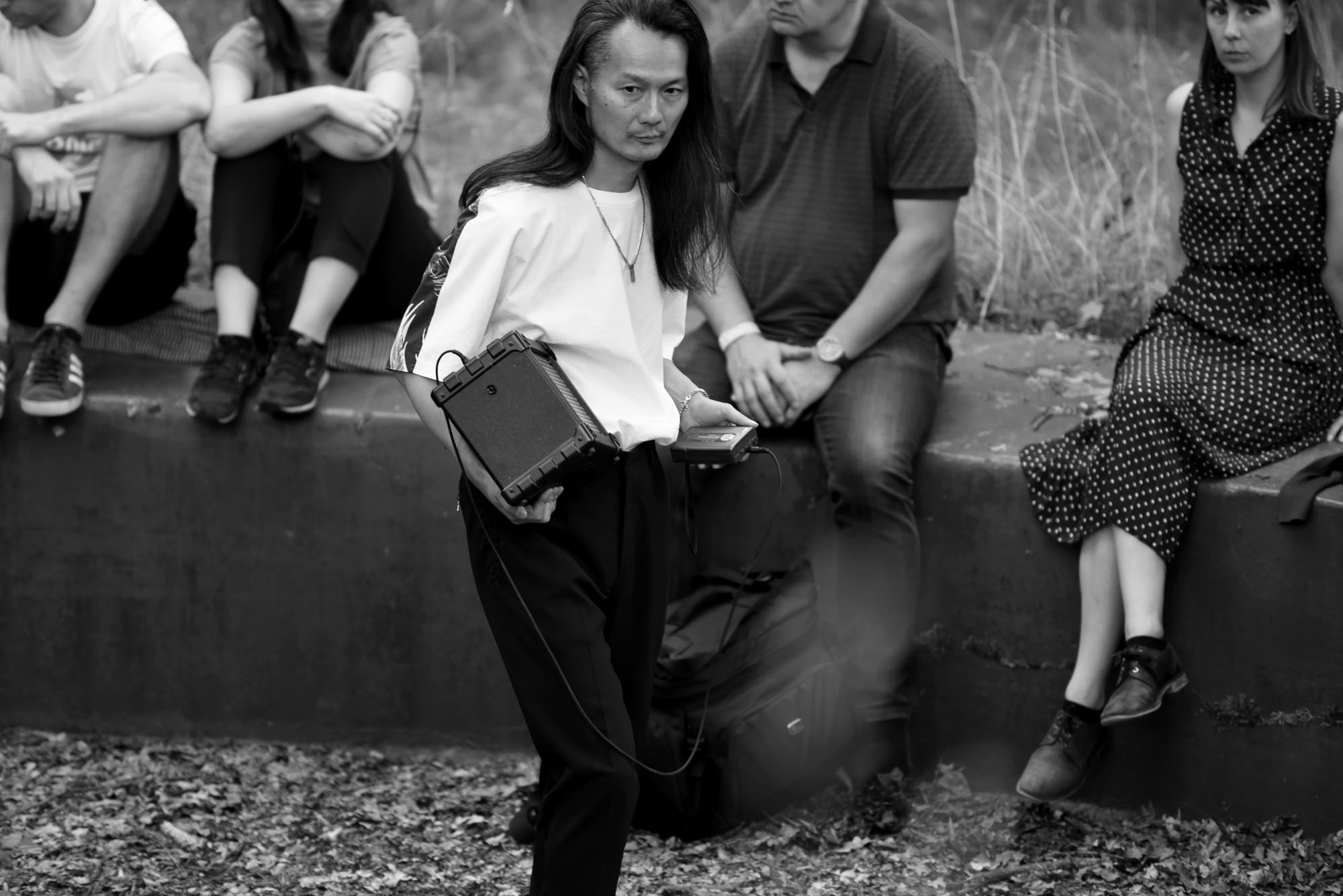
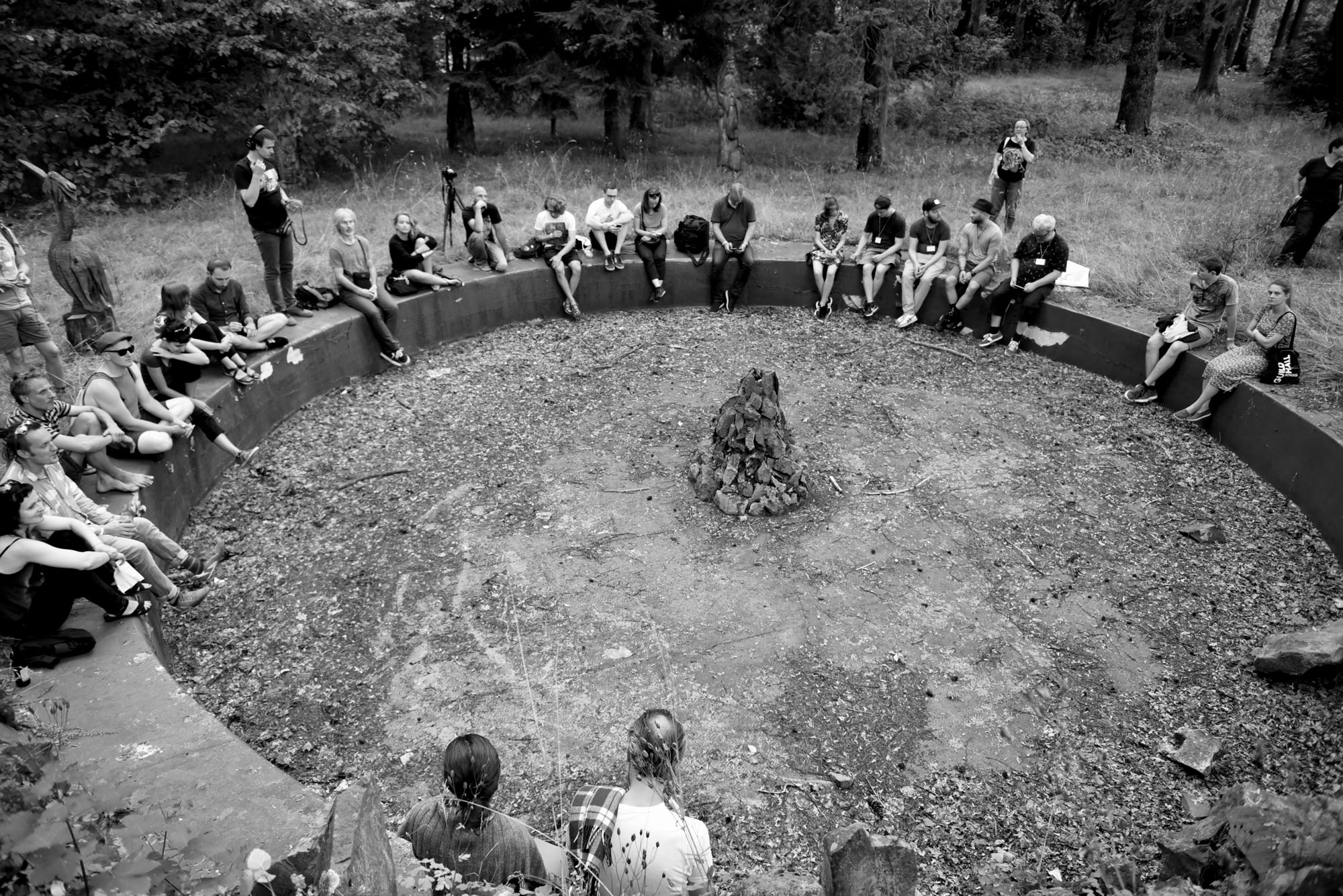
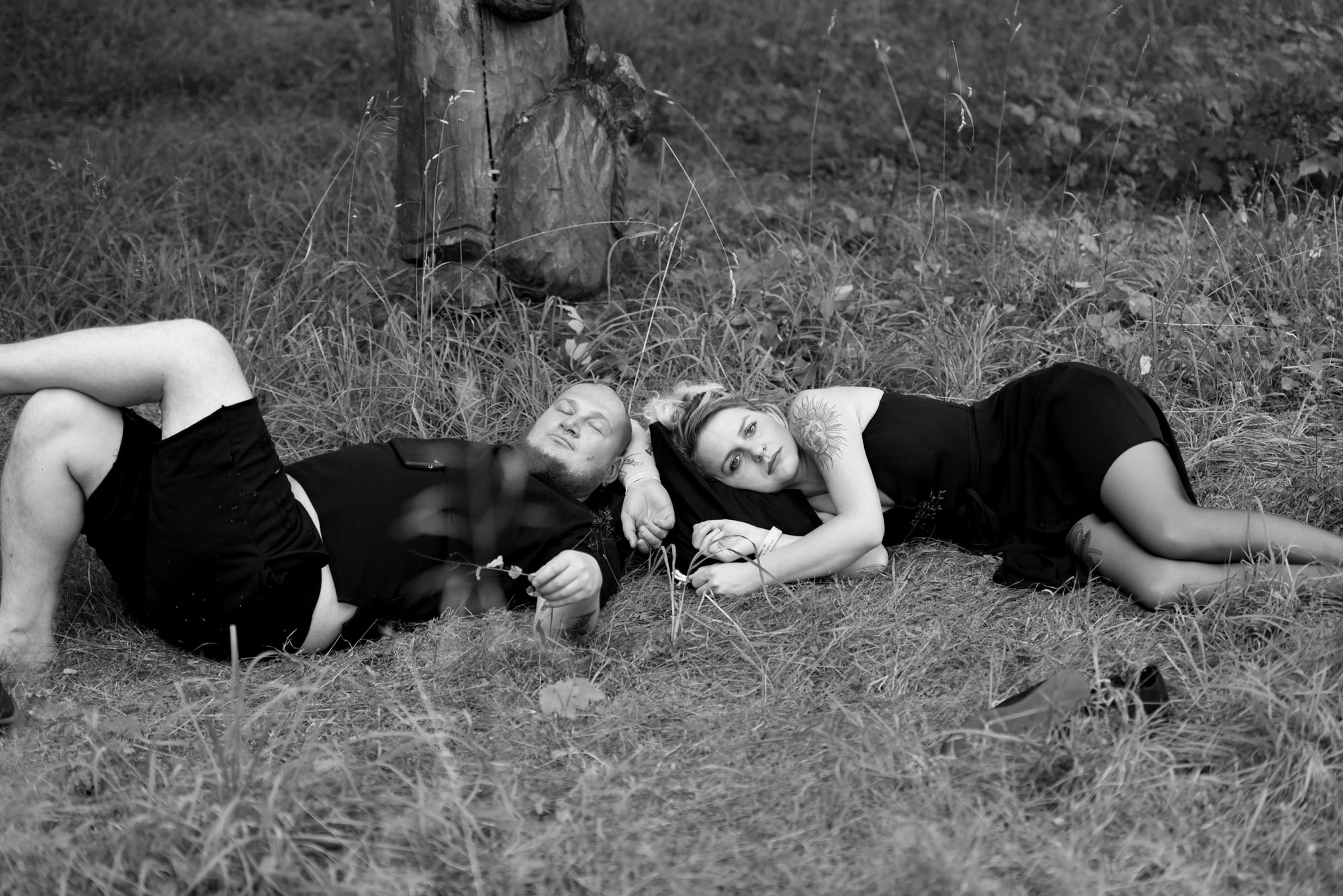
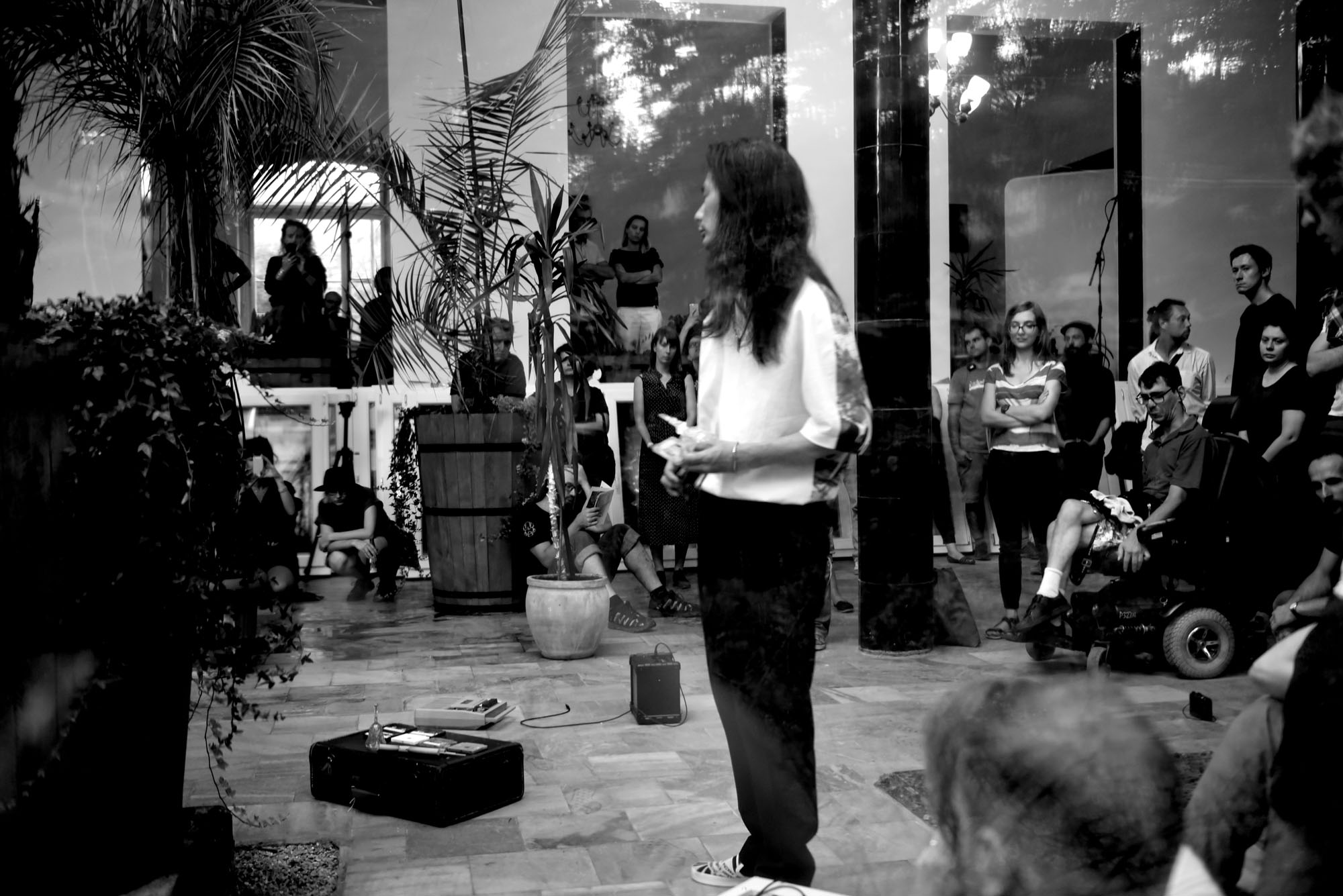
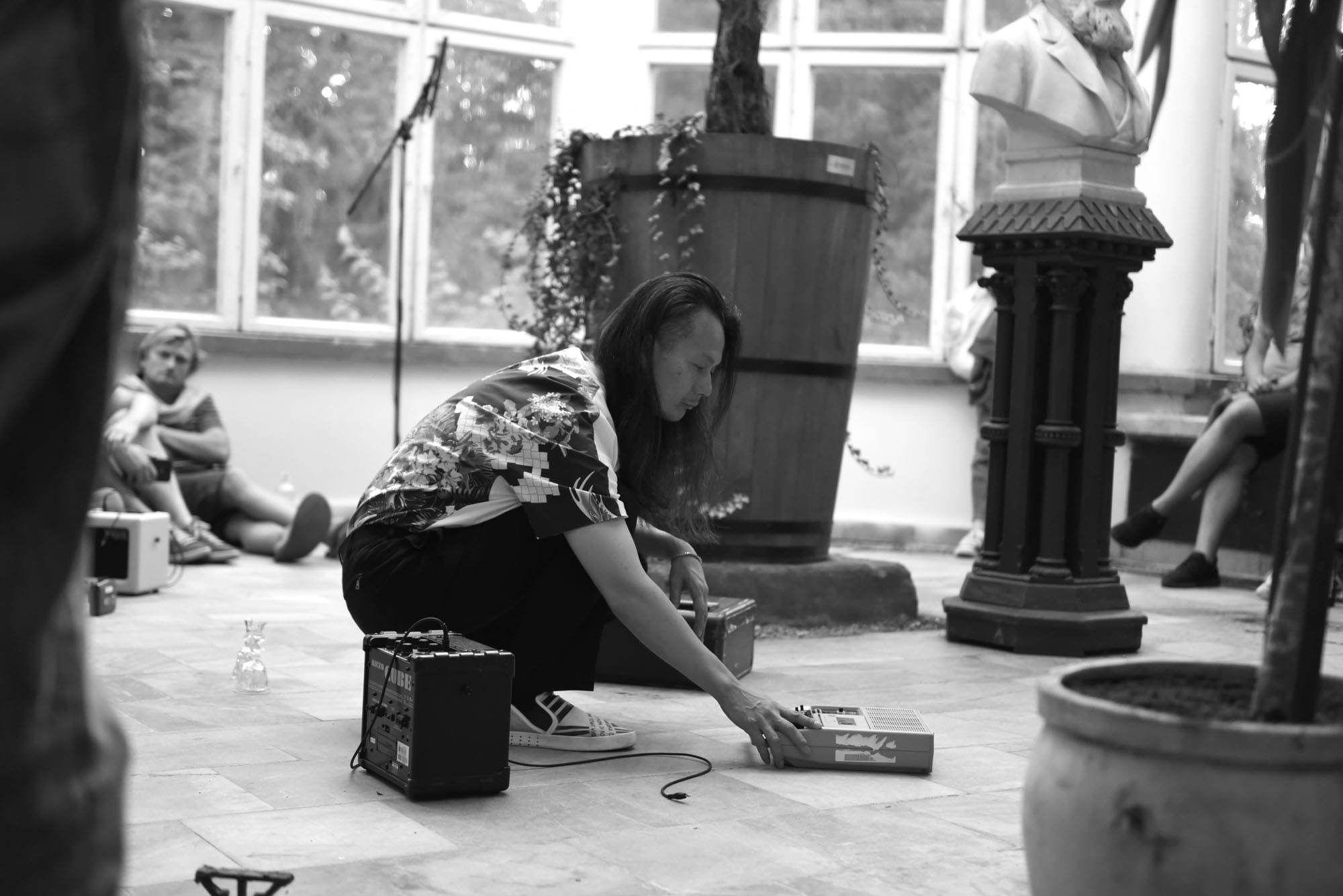
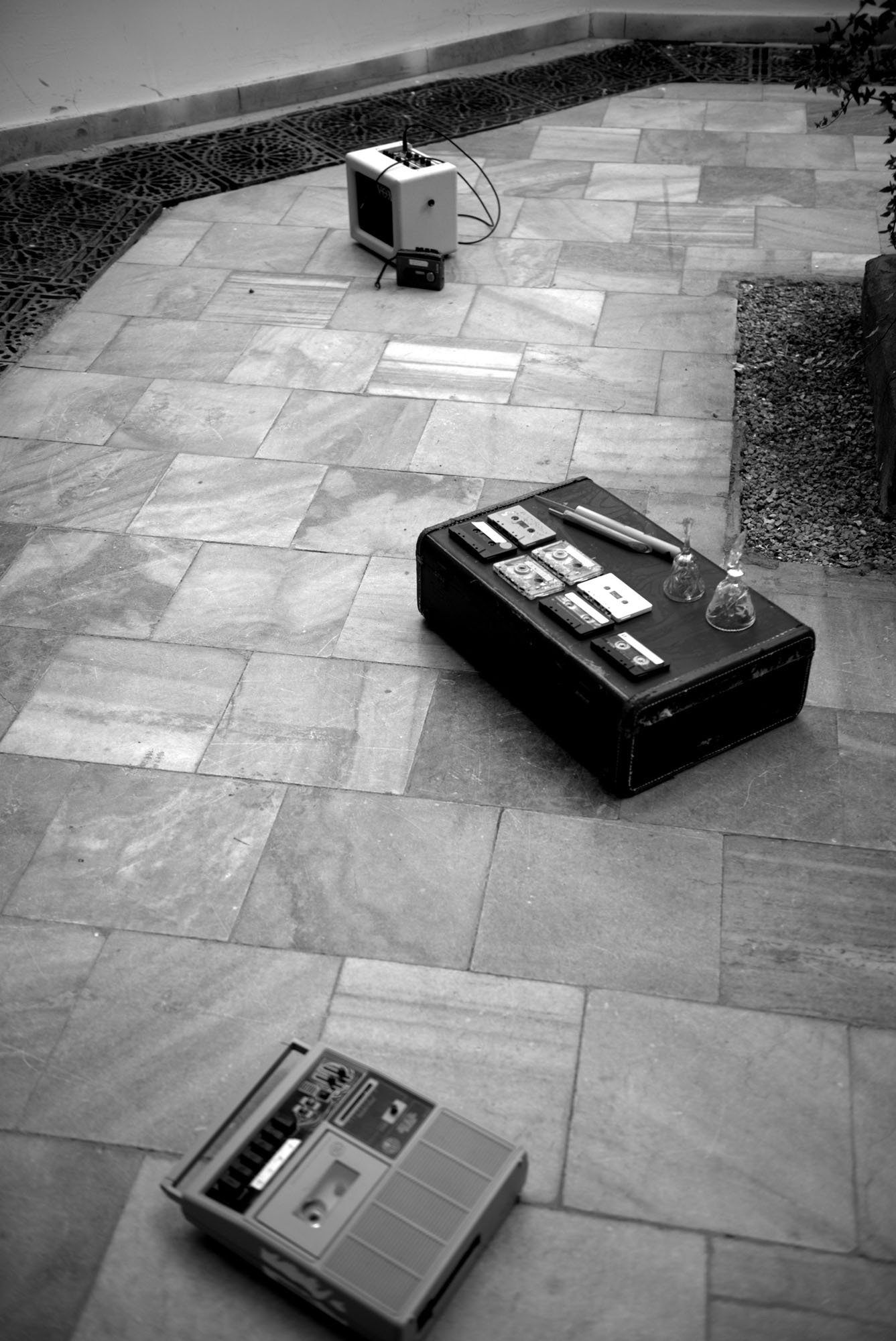
Photos by Kazimierz Ździebło
CM at Stone Bell House, Prague, 2019
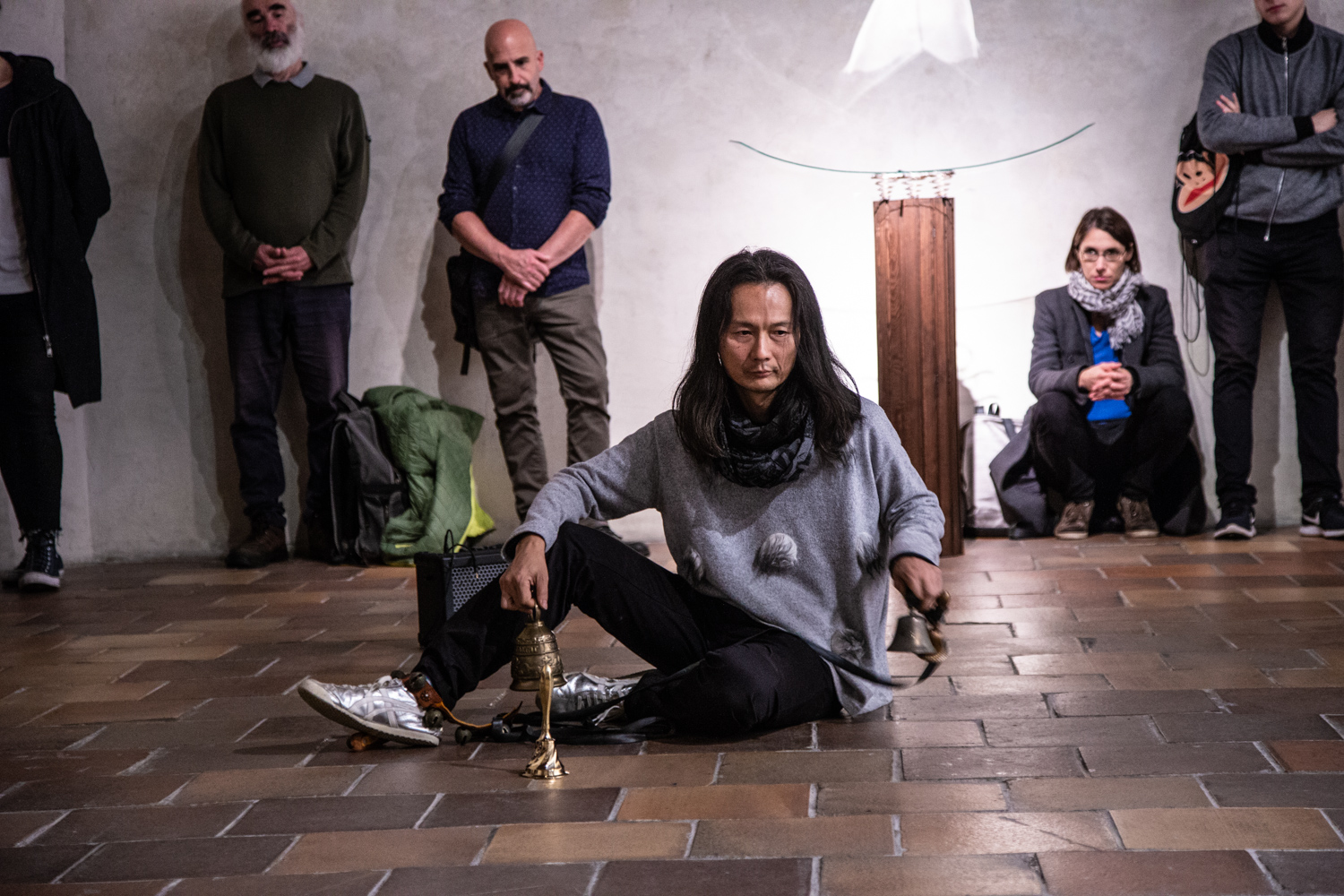
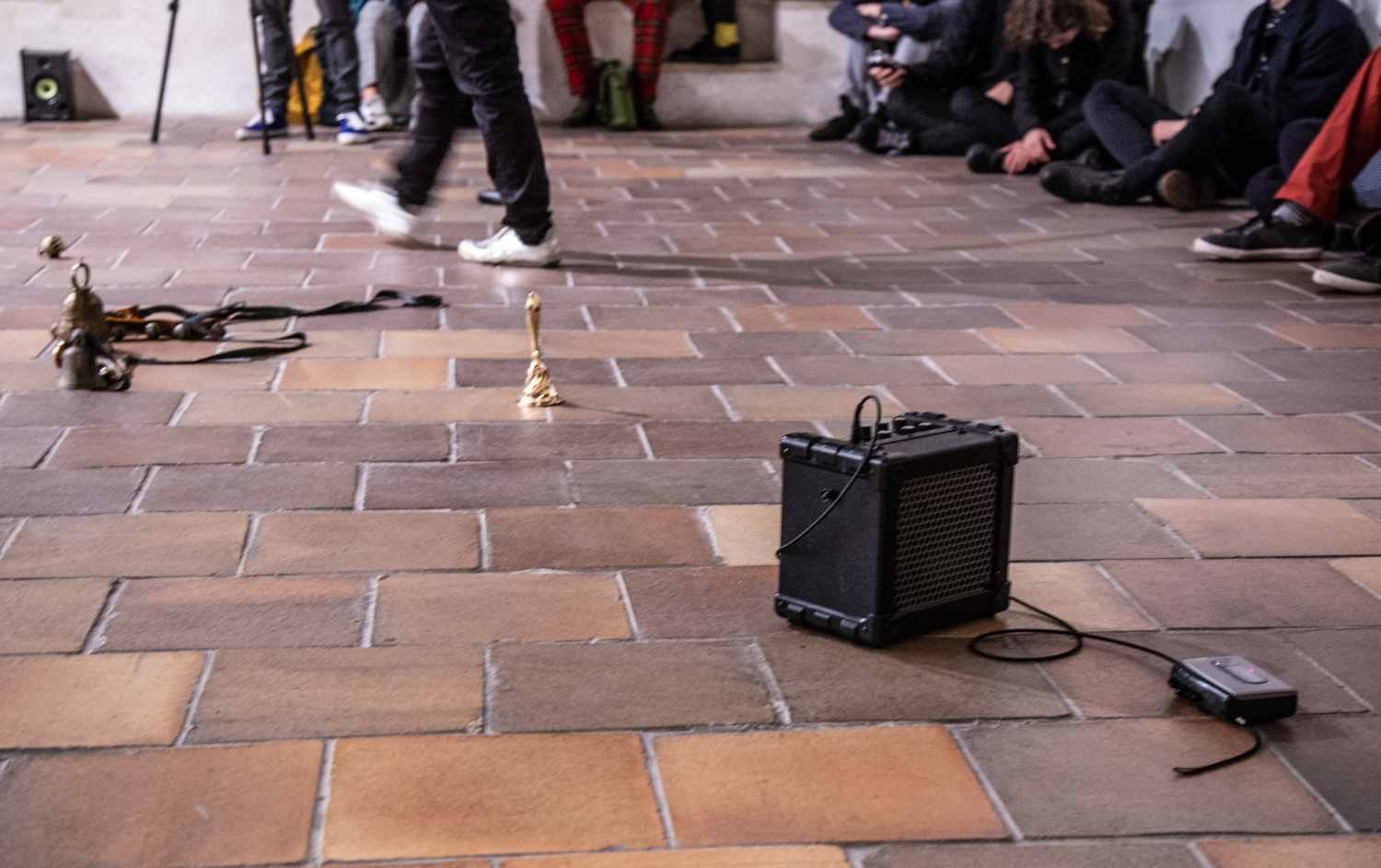
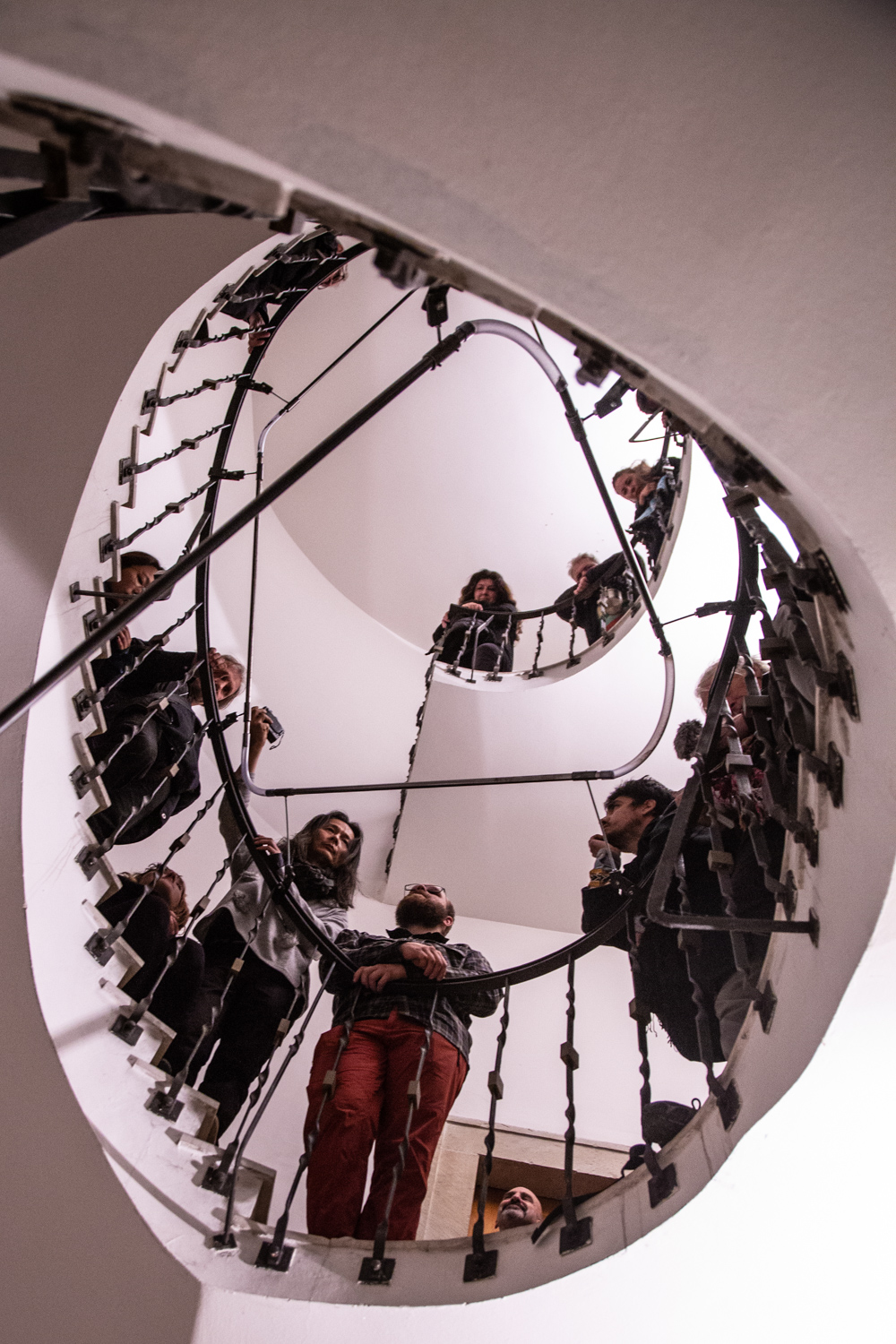
Photo by Jan Bartoš
CM in La Goutte d'Or, Paris, 2012
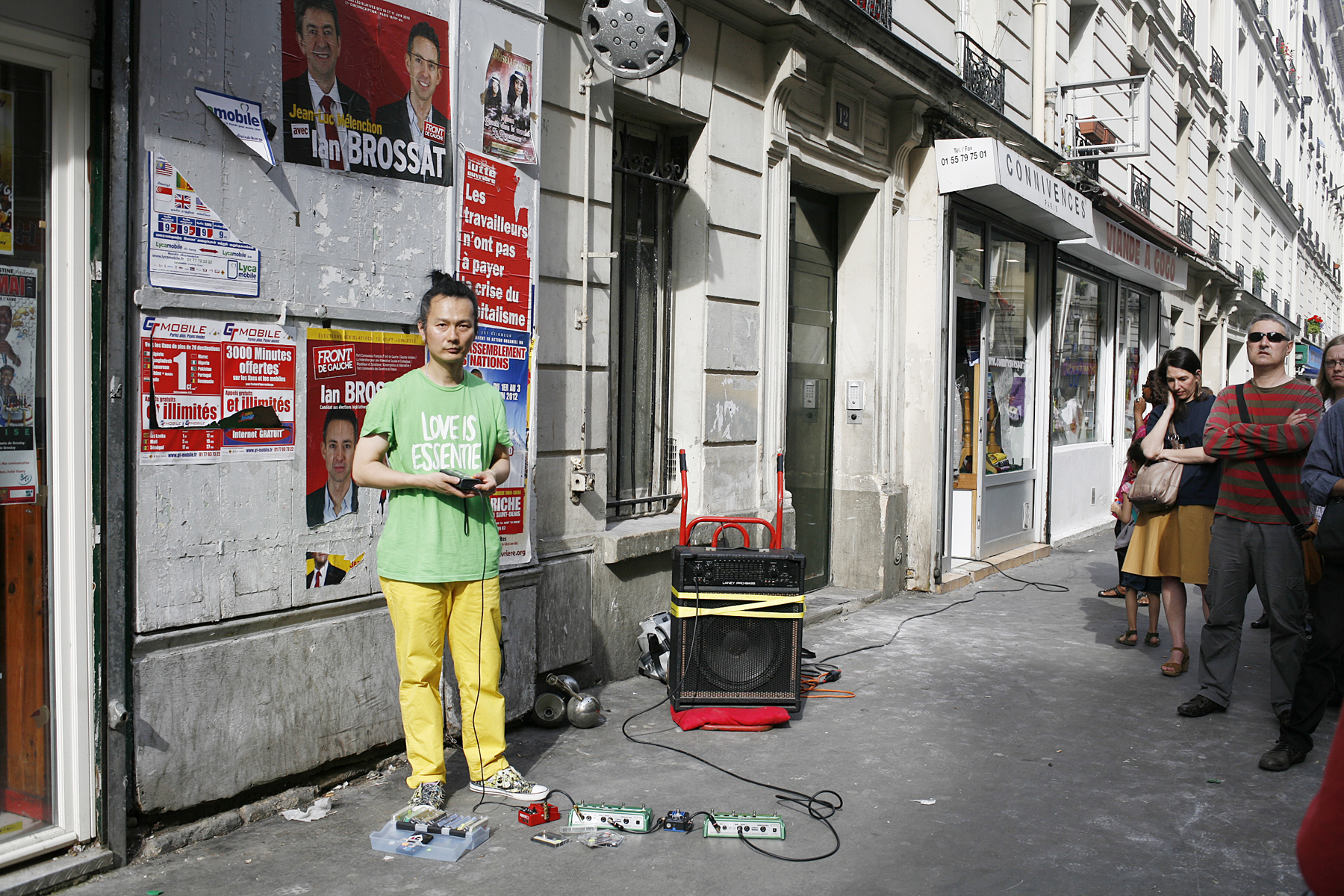

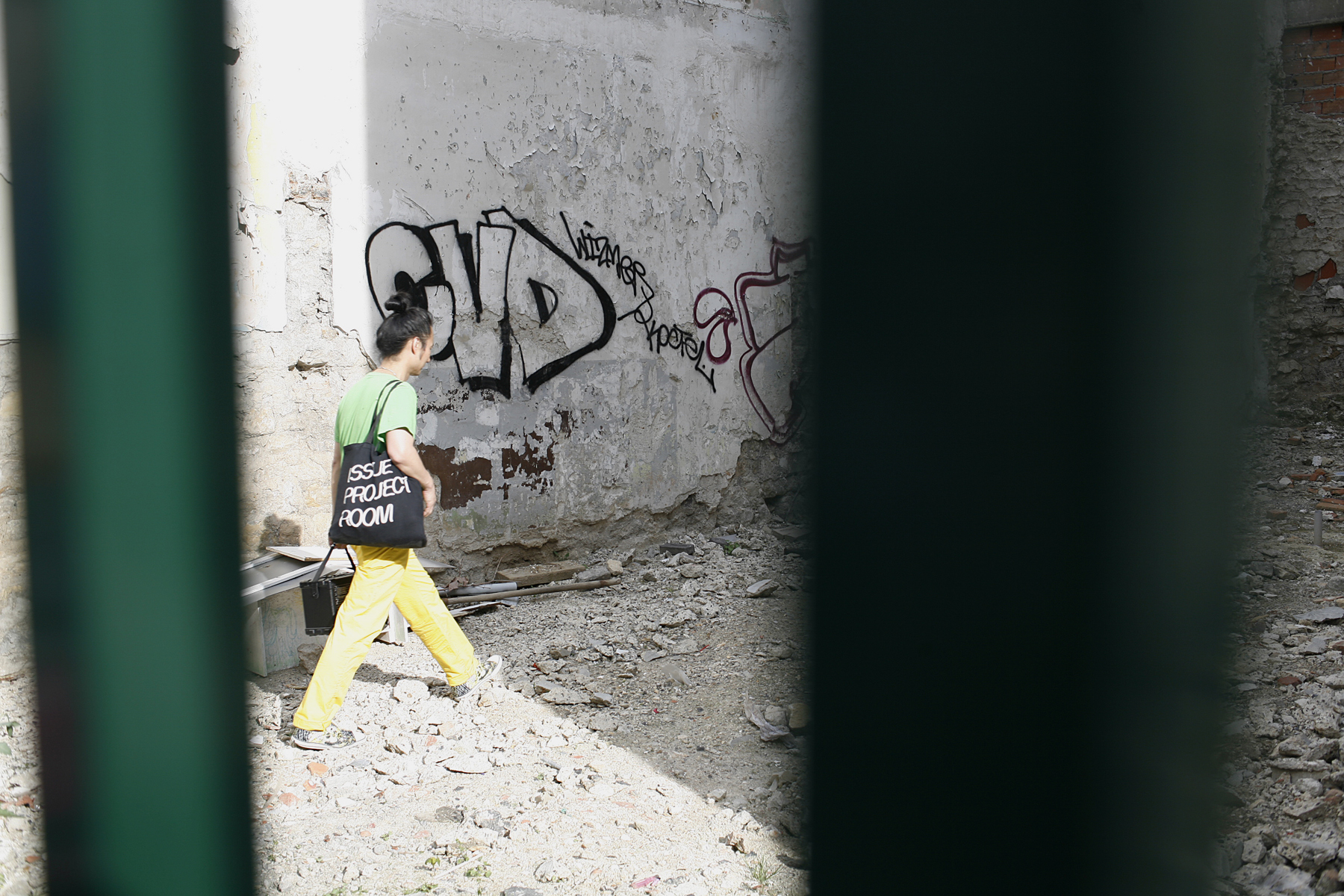
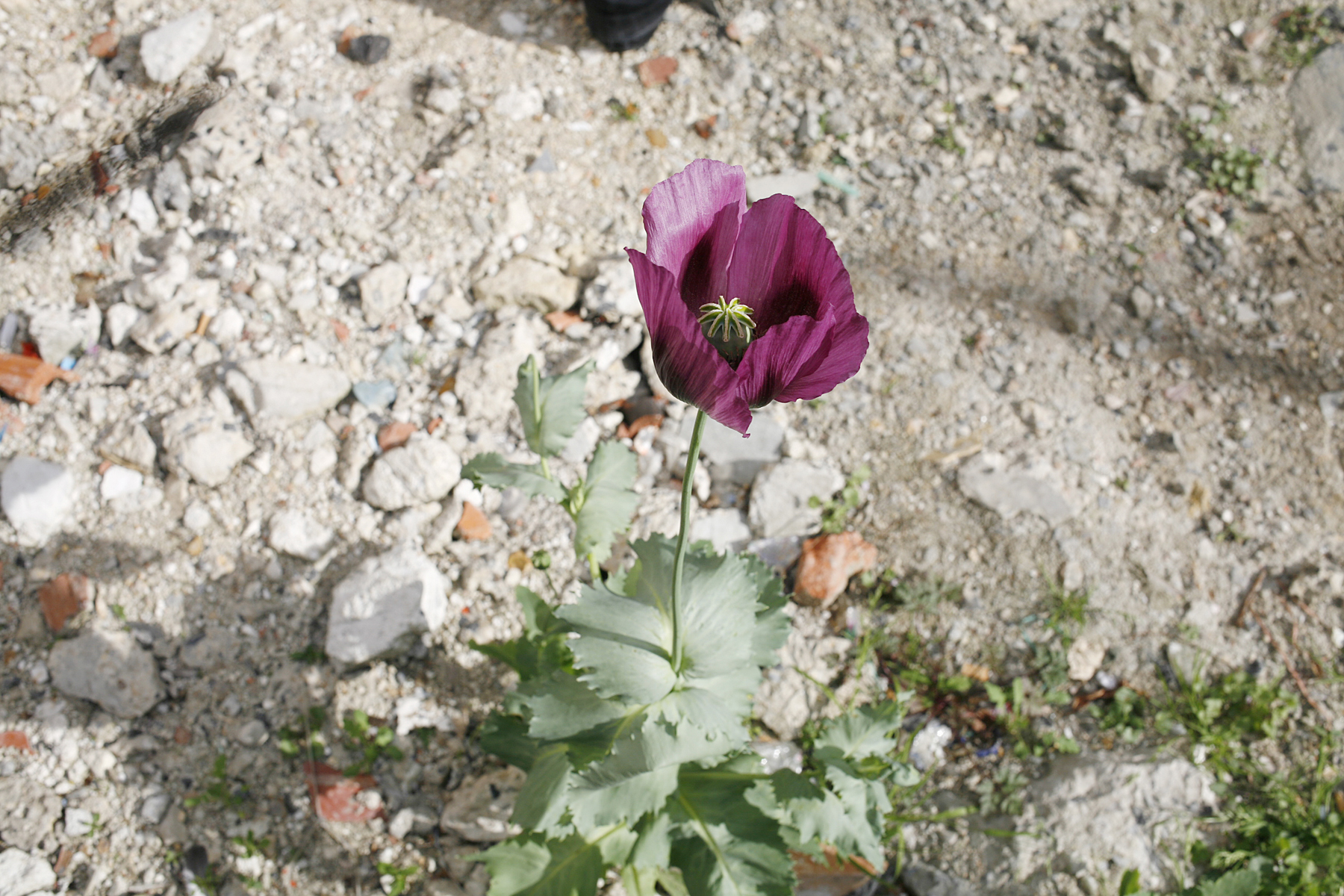
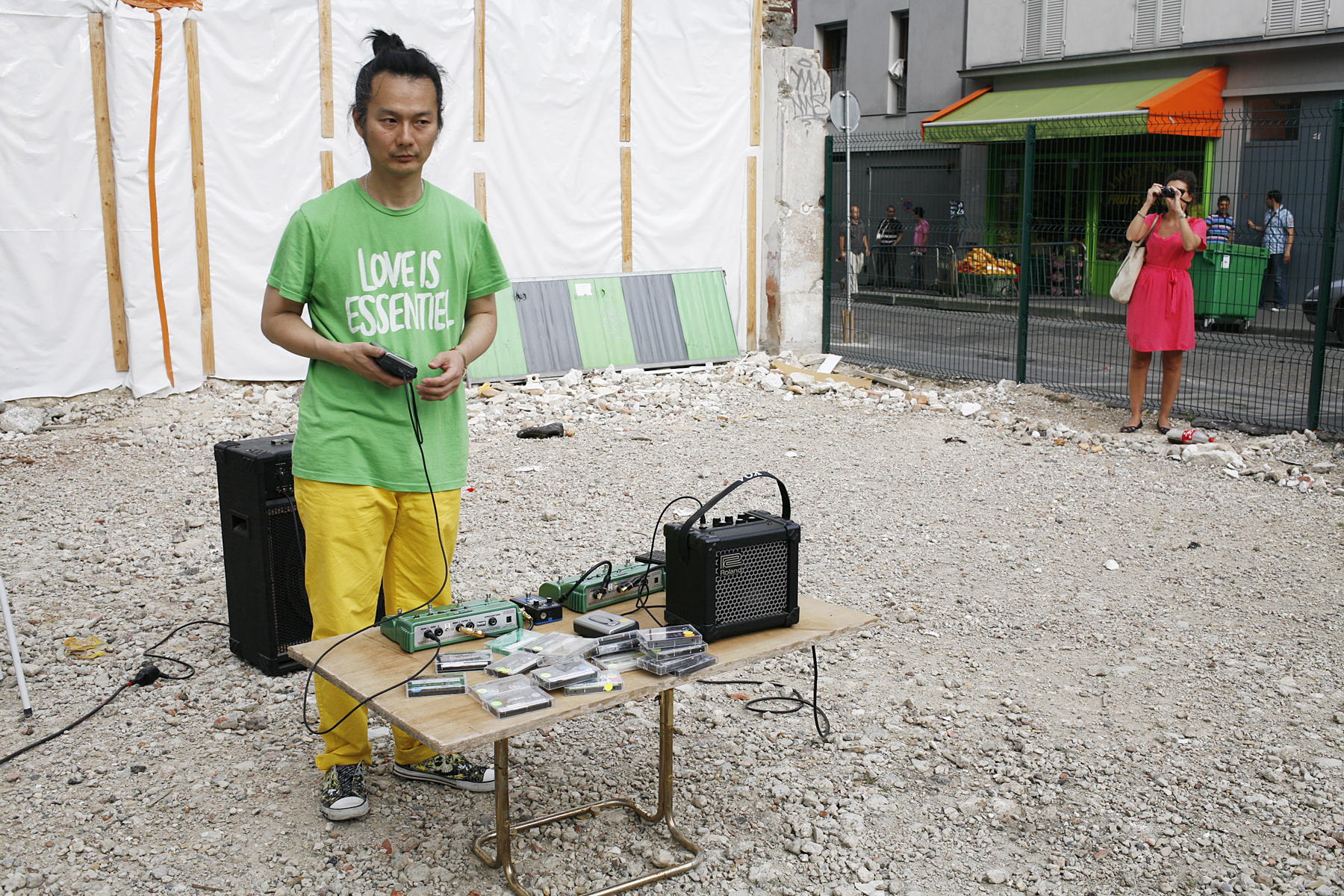

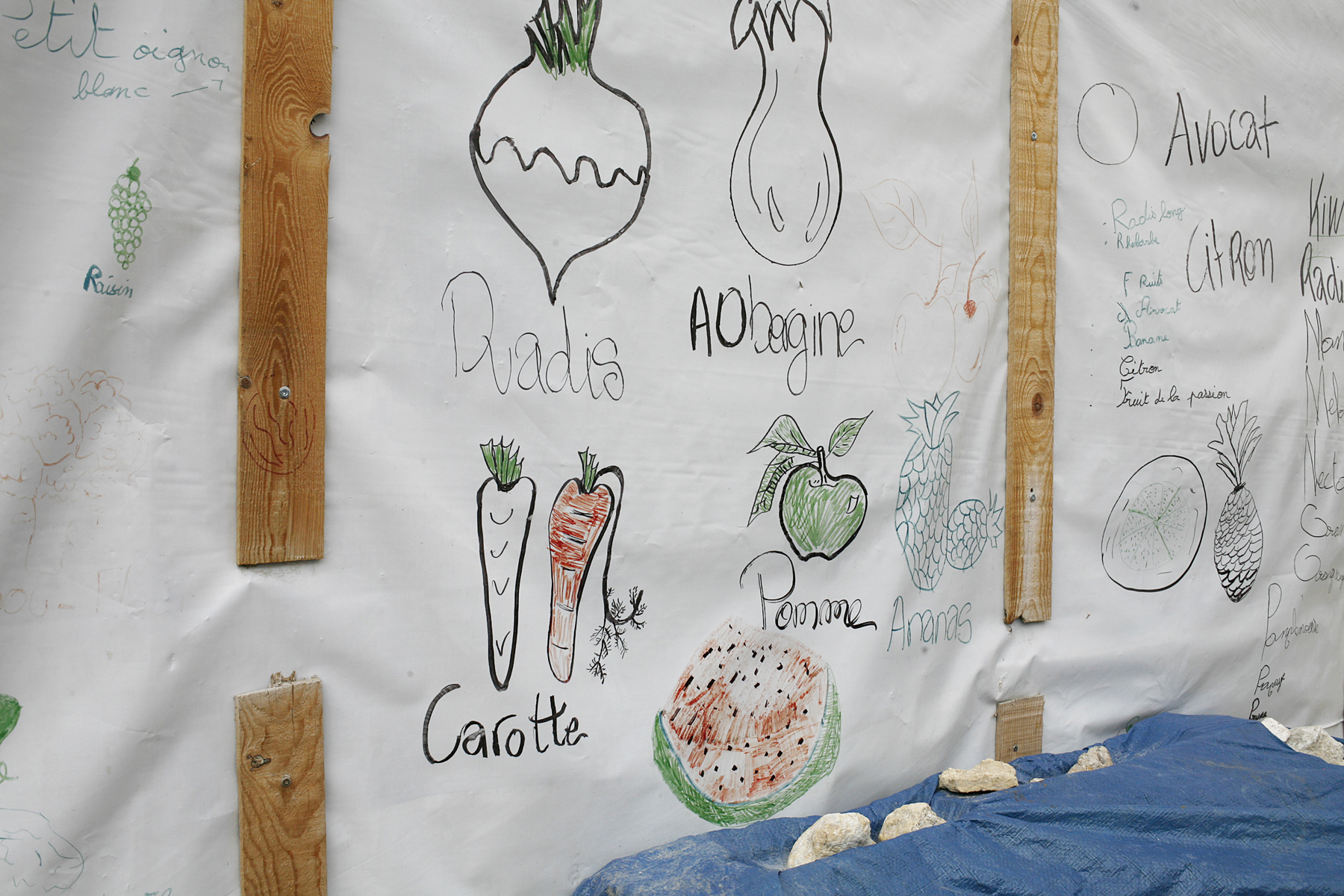
Photos by Sandrine Marc
CM at La chapel des Petits-Augustins, 2013


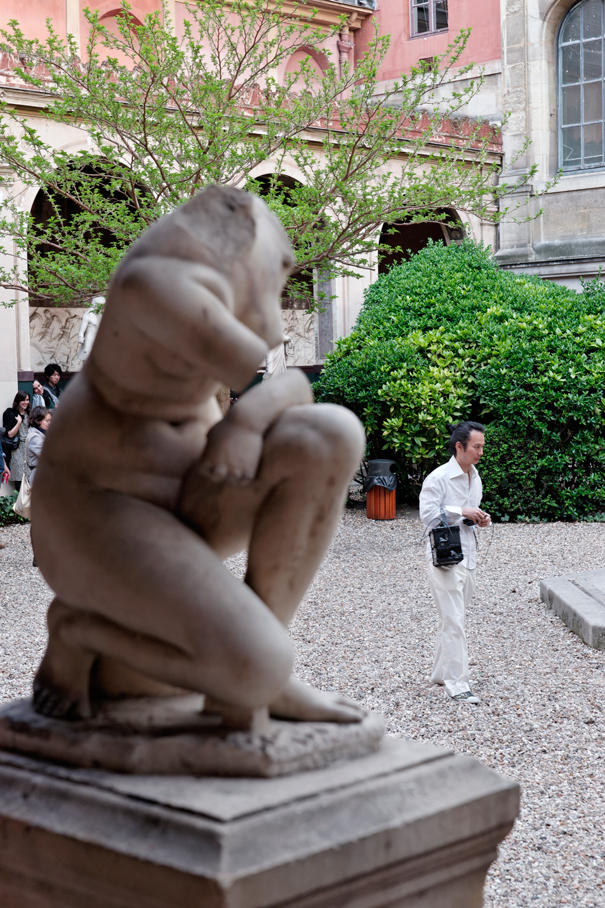
Photos by Aurélien Mole
Cassette Memories - Aki Onda Interview with Daniele Balit (Birdcage sound gallery), Paris, 2012
Balit: What are your thoughts about locations you visited in Paris such as the Parc des Buttes Chaumont and the Court Carrée at the Louvre?
Onda: The Parc des Buttes Chaumont is a very interesting place. I had heard about La Petite Ceinture - an abandoned railway tunnel that used be a part of the circle line of Paris, and went to the park to find an access to it. I was amazed by the rich landscape of the park. There were a small lake, rocky mountains, gardens, forest, and an intriguing juxtaposition of natural and man-made structures, like scattered buildings or monuments. I learned that historically, Buttes Chaumont used be an execution ground and a garbage dump, and it was rebuilt into a park by Napoleon III in the 19th century. Perhaps this historical complexity adds an unusual texture to the landscape. When I visited La Petite Ceinture and walked into the tunnel, I started to play my cassette sounds through a small portable amp. I was immediately struck by the strange resounding echo of the tunnel, somehow very spooky. It is a completely forgotten place, and the echoes resonate exactly like that! After the tunnel, I walked up to the Temple of Sybil on top of a rock mountain, and it sounded completely different within the acoustics of a stone kiosk, in the open air. The wide view, and sound, of the city of Paris below was lovely. I wanted to mix my sounds together with that rich ambient sound.
The Court Carré at the Louvre is one of my favorite places in Paris. It's unusual to see such a wide open space in this crowded central area of the city. The acoustics are really special. I'm not sure if the square was designed for this, but the space transmits sound easily and spreads it vastly. The architecture itself works as a sort of an amplifier. If you hear a violinist playing on one side of the large square, you can hear it at the other side. I prefer to go there in the evening, when the buildings around the square are lit up, and the noises of the city calm down. You can hear subtle noises – foot steps of a passersby, their conversations, the sounds of the water fountain create this kind of dreamy atmosphere.
Balit: The preparation for this Cassettes Memories project has implicated selecting a suitable location. What makes you decide if a location is suitable and what type of parameters you focus your attention ? (acoustics, symbolical, etc... )
Onda: I like haunted spaces, that's one key point. When I visit a location, I basically make the decision if it’s suitable for a performance intuitively. Then, I’ll do some research afterward and check the historical background, architecture and acoustics of the location.
Balit: What kind of use you make of the portable battery amp?
Onda: Using a portable battery powered amp gives me the flexibility to immediately modify acoustics by changing the position and direction of the sound source within the dimensions of the space. This flexibility is not possible with fixed speakers. If I move around in the space with the amp, I hear the same sound source as it drastically changes with different echo and reverberation. And sometimes I find a dead spot that mutes all reflections of the sound.
Balit: William Burroughs saw the potentiality of portable tape recorders as locational tools and suggested to use them as sonic weapons to break the associational lines of our experienced reality... Does a small and portable amp like the one you tested open new territories for your practice?
Onda: When I started using a portable cassette recorder back in the late eighties, it surely changed my practice. It was a revelation to me. But the portable amp, which I only began using last year, has not made as profound an impact. Now I can move around freely in a performance space with the amp, and I don’t need to stand up in the same position all the time, and that’s an important shift. But, I would modestly say that it added a new colour in my sound palette.
I was a big fan of Burroughs' work when I was a teenager and read all of his books translated into Japanese. So when I started using a cassette Walkman, I had Burroughs' and Gysin's cut-up technique in my mind. If you listen to my first ever made cassette in Morocco back in 1988, its influence is obvious. However the process of developing my cassette work is more focused on the notion of ‘keeping a diary’.
Conceptually, a portable cassette recorder, to me a Sony Walkman, is a tool for keeping a diary. I was a photographer before becoming a composer/musician, and I was taking snap shots of my daily life. What I’m doing with a Walkman is basically the same. In a sense, Cassette Memories could have been realized by using a different medium like photography, film, or text. It happened to be sound.
Balit: Can you describe the kind of "landscapes" you're trying to build through these site specific interventions ? What type of processes between the visual and the aural are in play ? In which way this social/public space outside of a venue important for you?
Onda: It’s a strange ritual. I try to both extract and abstract the essence of memory by playing my field recordings, so to speak my personal memories, at a location that is also saturated with its own memories. It’s invisible, but you would feel that live memories awake sleeping memories.
It’s not just “soundscape” of memories, but also “landscape” as you can visualize the location and it would affect your perception of hearing very much. It’s constant inspiration to me that sound and vision are so inextricably linked, and that they affect each other organically.
I can see endless possibilities with site-specific performances "outside" conventional venues these days, and I'd love to explore more. Each location has a very different historical background, architectural design and acoustics, and each performance could be very different from the others. To be honest, I'm becoming almost bored with playing at concert halls and clubs. In traditional venues, sound is very much controlled because of sound systems, on and off-stage mixing, and the architecture of the spaces. If it's a classical music hall, it is believed to be designed for acoustic instruments, but really only for Western instruments. The frequency spectrum of my cassettes contains rich noises and overtones, more like African or Asian instruments. When I amplify my cassette sounds on stage in a classical music hall, I often hear some overtones disappearing because of that beautiful echo and reverberation which basically compliments the frequency range of classical instruments. But to me, a rock venue is worse. Many rock venues have almost dead acoustics, and audiences only hear the sound pushed through a speaker system. I mainly use old vintage amps that spread sound in wider directions, like wrapping the space in a blanket of sound softly, so I would prefer to perform in a room that features rich acoustics. I often feel that the sound of those speakers in a club are too unidirectional and heavily occupy the space. They are aggressive. Of course there are many different types of venues. But most of the venues I’ve performed in are designed and built by these stereotypical principals. Not just the sound, but the stage and the audience are separated from each other, and reactions to each other are somewhat restricted. The visual element is often controlled too much. Audiences watch musicians singing or playing instruments, there might be some actions and visual elements, but I'd like to have a room for unexpected happenings. I need a greater sense of freedom.
Balit: Is the "location hunting" something that enriches your practice or is it a purely practical phase? Is the fact of choosing the place a key factor?
Onda: Location hunting – or, walking around a city and seeking out locations for performance, is an important part of my practice. Maybe it has something to do with my childhood experience. I grew up in Nara, which was the capital of Japan from 710 to 784. Nara is filled with historic temples, shrines and the ancient tombs of emperors or aristocrats. Some are preserved, but others were ruined and hidden beneath the ground. You don't see them, but you can feel some sort of strong energy when you walk through these places. There were hundreds of these sacred places around the area where my family lived. I used to walk around and hunt for power spots. I became quite skilled at finding relics like fragments of a broken vase, arrowheads, etc. which were buried in the ground with a corpse of an aristocrat. I was collecting those treasure troves. In a sense, the location hunting that I practice now is born from that same childhood desire to explore energy fields, only now I’m using sound to map those fields. It’s an archaeological dig for the memory spots of a city.